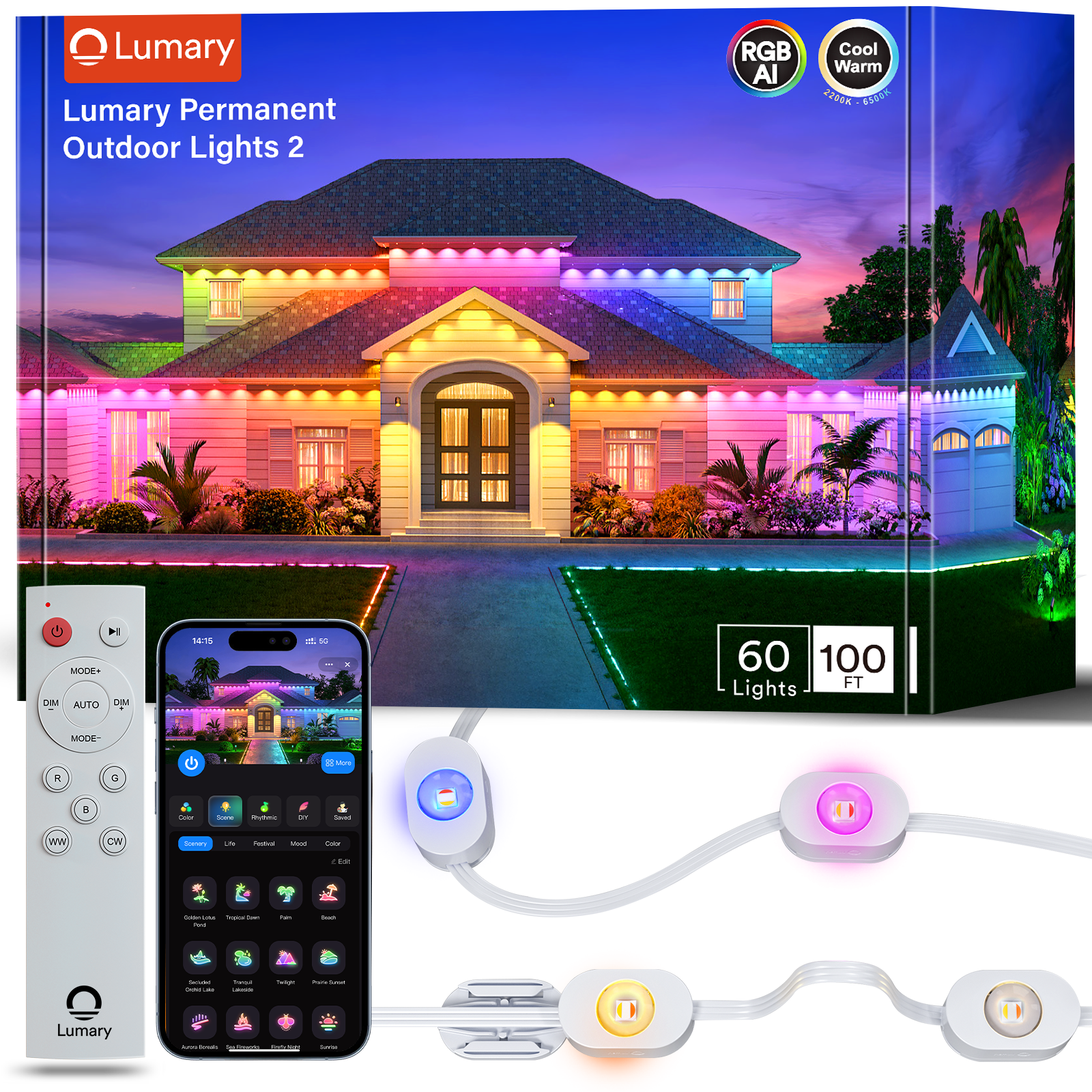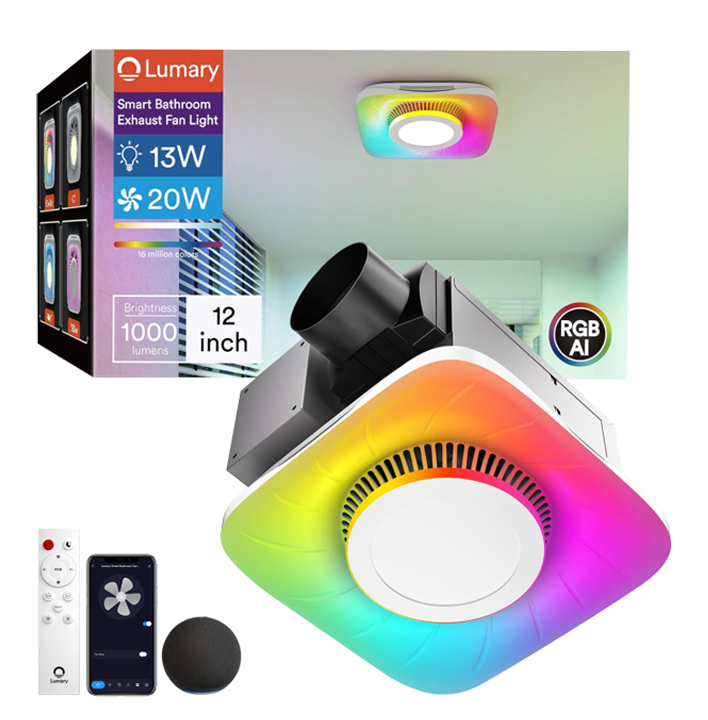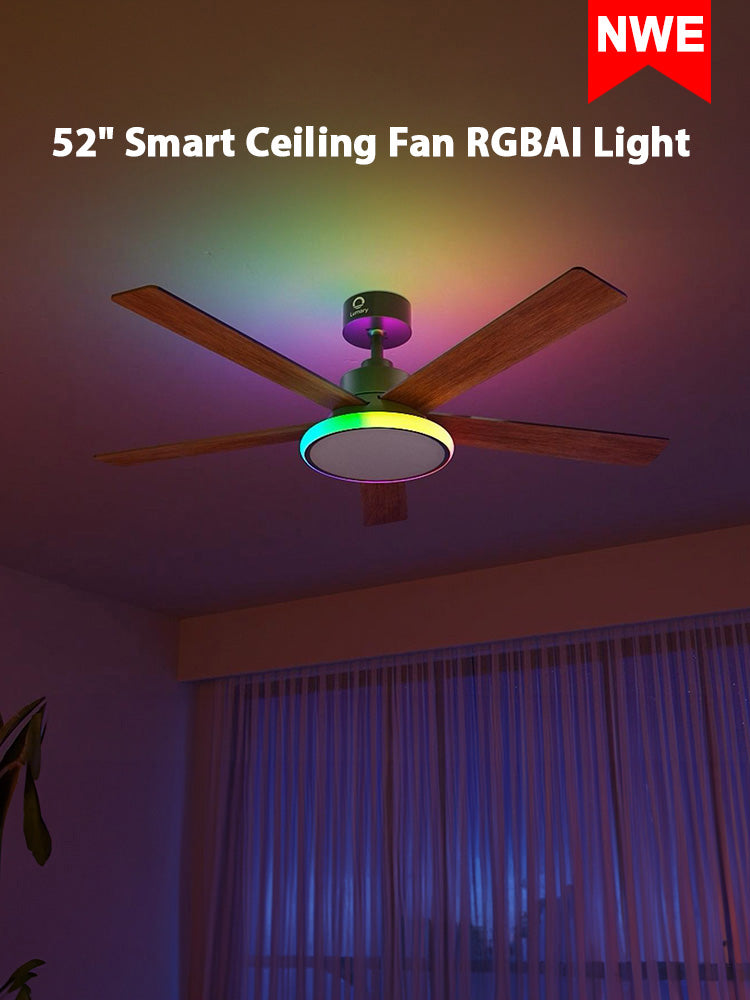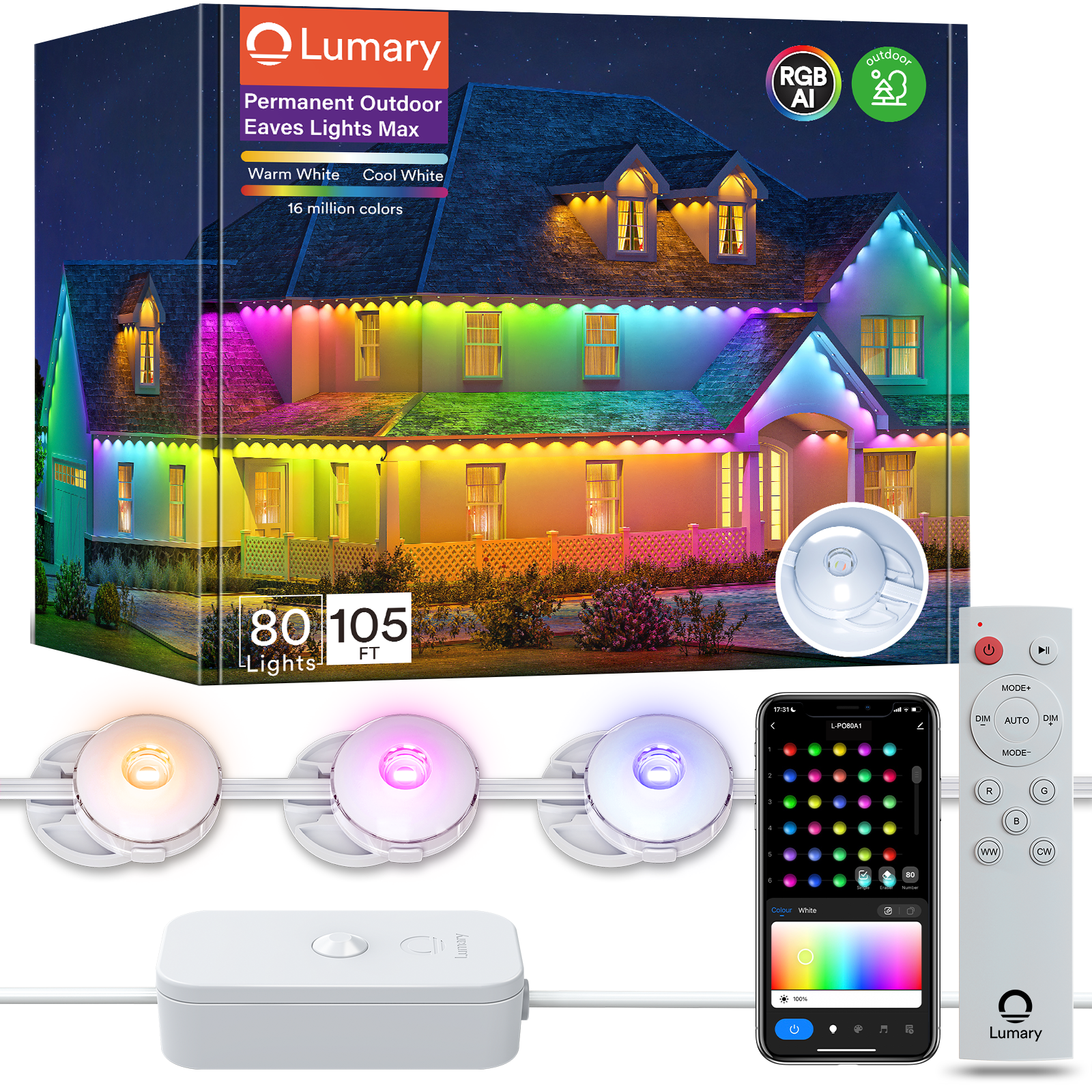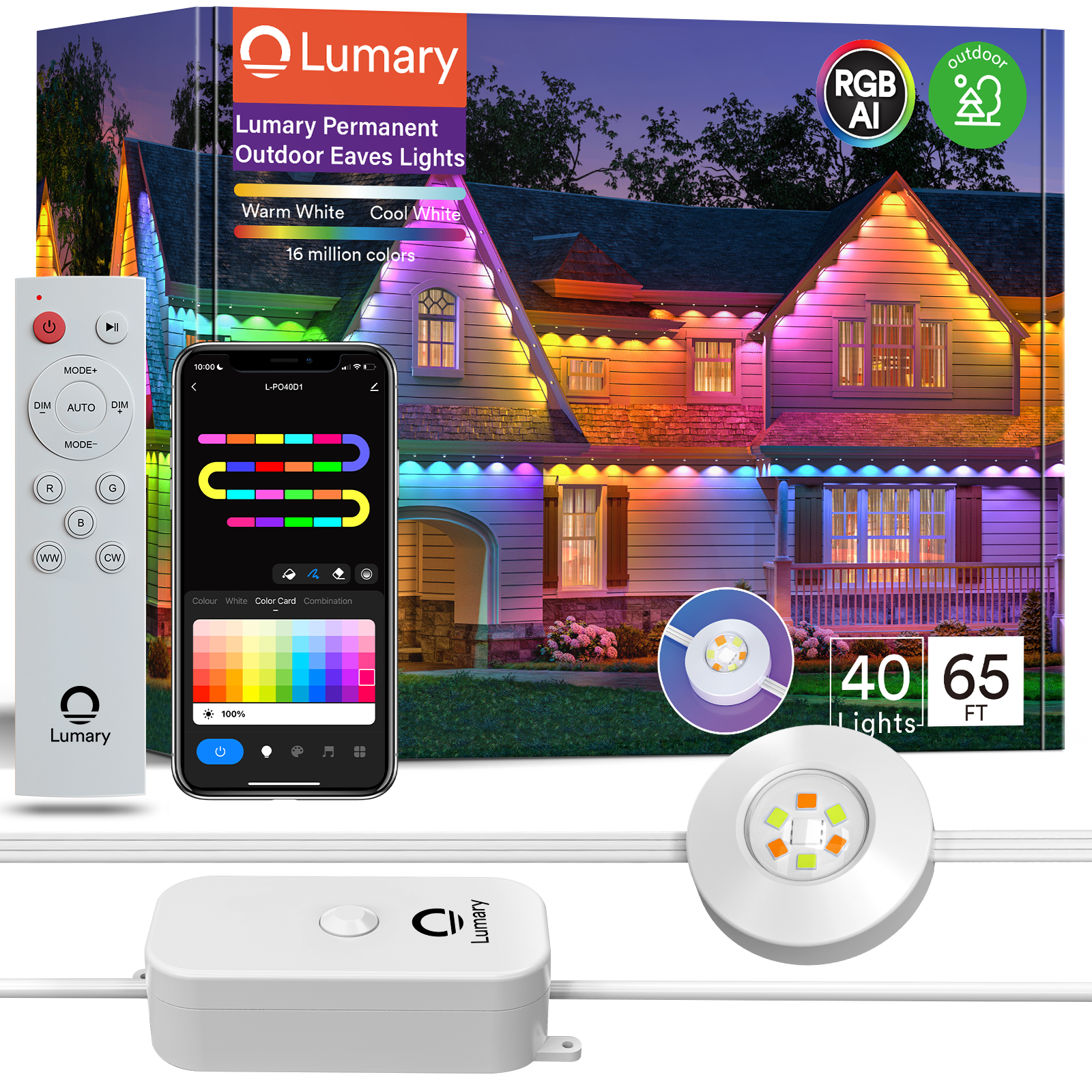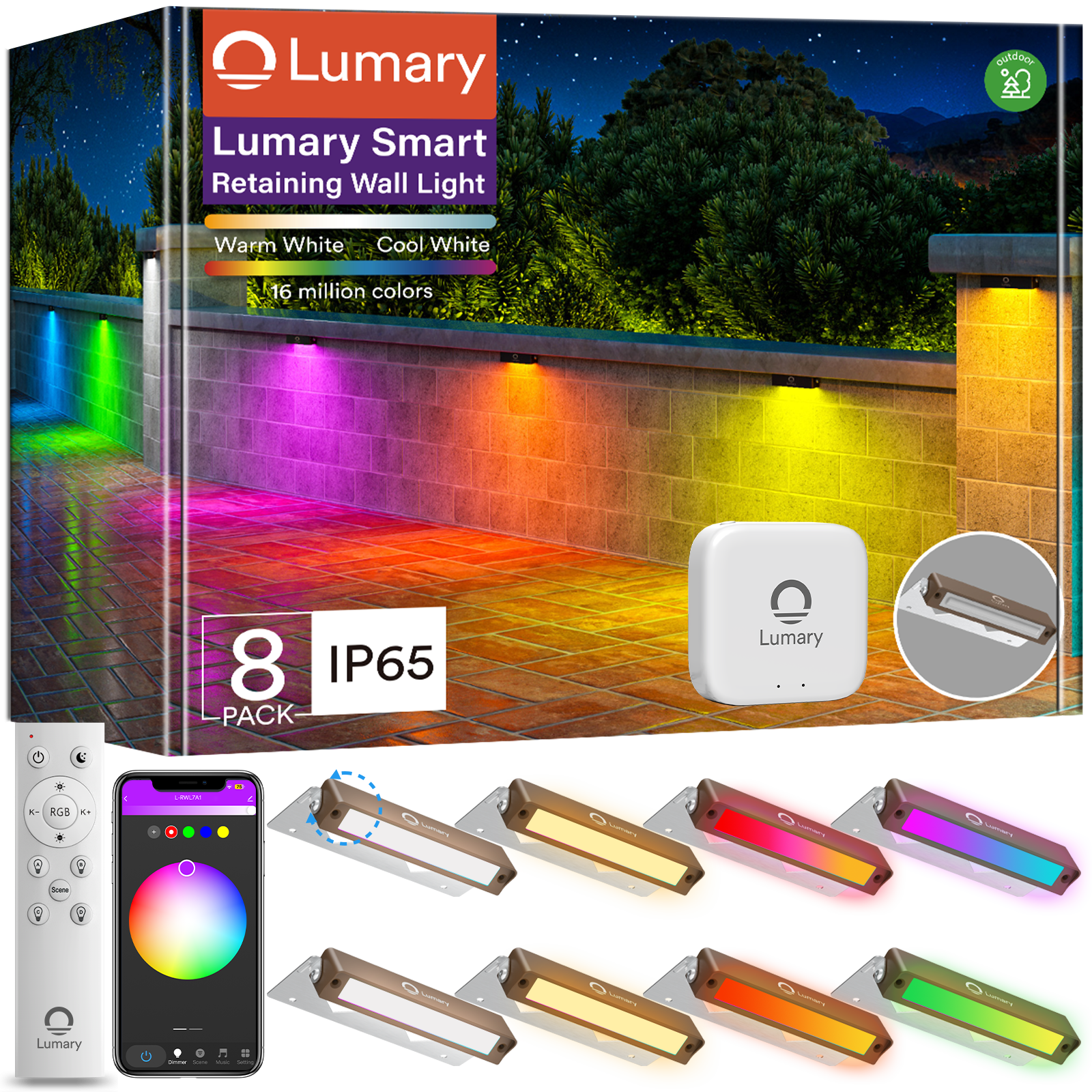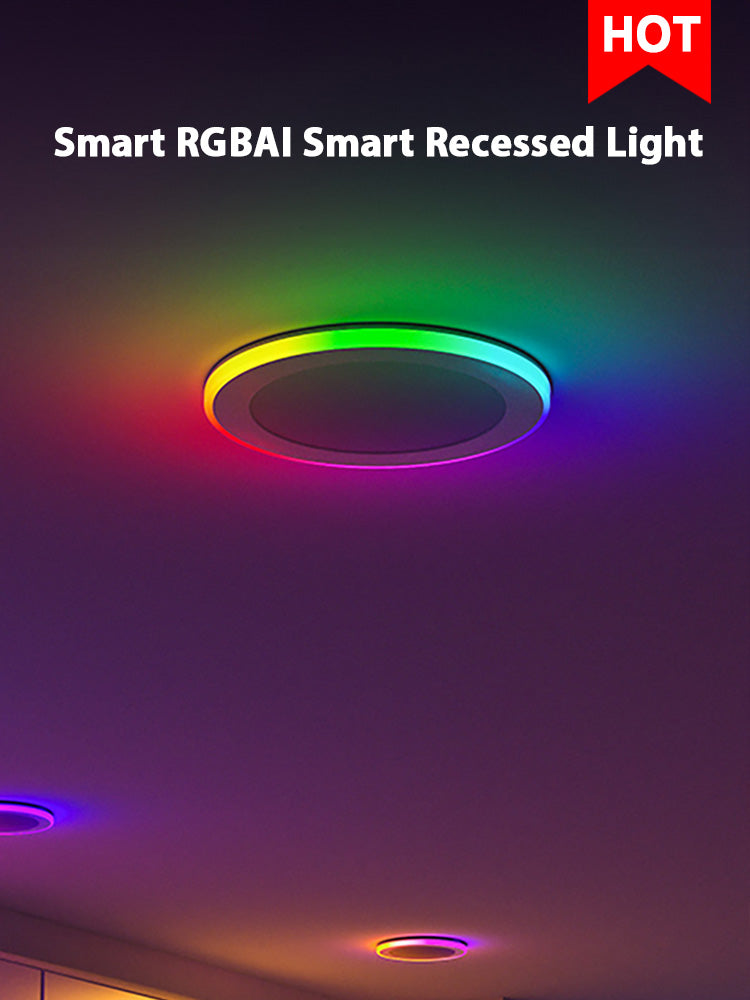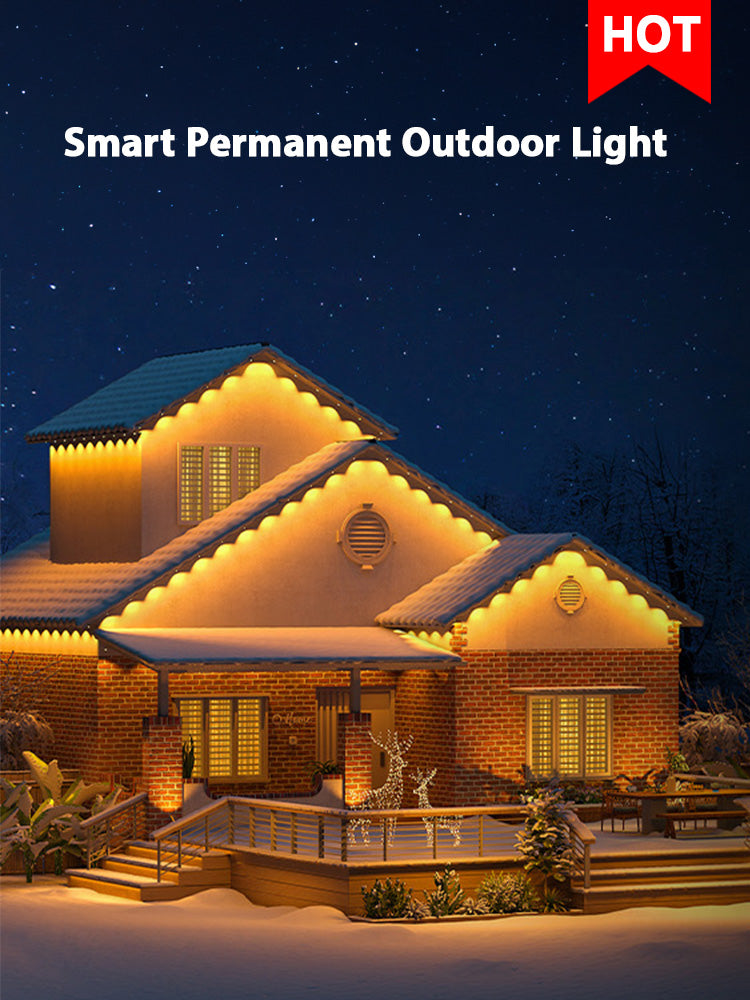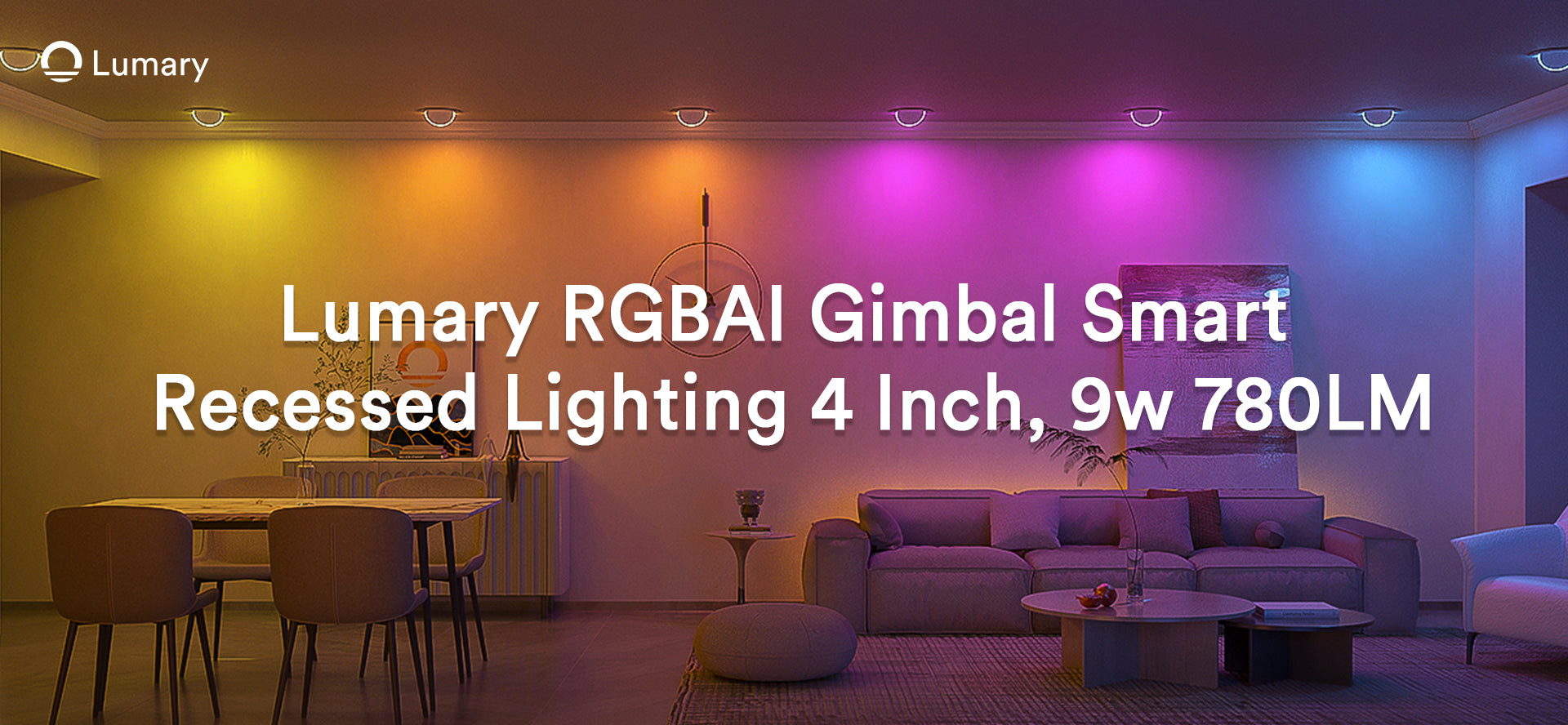Energy efficiency plays a crucial role in modern homes. Reducing energy consumption not only lowers utility bills but also contributes to environmental sustainability. LED lighting fixtures offer an effective solution for achieving energy efficiency. These fixtures consume up to 90% less energy than traditional incandescent bulbs. This significant reduction in energy usage translates to substantial savings on electricity costs. LED lighting fixtures also provide a longer lifespan, making them a smart investment for any household. By choosing LED lighting, you can enhance your home's energy efficiency while enjoying bright and reliable illumination.
Understanding LED Lighting

What is LED Lighting?
Basic principles of LED technology
LED lighting stands for Light Emitting Diode lighting. This technology uses semiconductors to convert electricity into light. The process involves electrons moving through a semiconductor material, emitting photons as a result. This method of producing light is highly efficient. LED lights require much less energy compared to traditional lighting options.
Comparison with traditional lighting options
LEDs offer significant advantages over traditional lighting options. Incandescent bulbs consume more energy and have a shorter lifespan. LEDs use up to 90% less energy than incandescent bulbs. This efficiency results in lower electricity bills. LEDs also last up to 25 times longer than traditional bulbs. CFL bulbs, another alternative, are less efficient than LEDs. CFLs contain mercury, which poses environmental risks. LEDs do not contain harmful substances, making them safer for the environment.
Benefits of LED Lighting
Energy savings and cost-effectiveness
LED lighting provides substantial energy savings. By using less electricity, LEDs reduce energy costs. Homeowners can save a significant amount on annual electricity bills. LED bulbs also generate less heat, reducing cooling costs during summer months.
Longevity and durability
LEDs offer remarkable longevity. These bulbs can last up to 50 times longer than traditional incandescent bulbs. The durability of LEDs makes them a reliable choice for long-term use. Frequent replacements are unnecessary, saving both time and money.
Environmental impact
LED lighting has a positive environmental impact. Reduced energy consumption lowers carbon emissions. The absence of harmful substances like mercury makes LEDs environmentally friendly. By choosing LED lighting, individuals contribute to a more sustainable future.
Choosing the Right LED Lights for Your Home
Types of LED Lights
Bulbs, strips, and panels
LED lights come in various forms to suit different needs. LED bulbs are the most common type. These bulbs replace traditional incandescent bulbs in lamps and fixtures. LED strips offer flexibility for creative lighting solutions. You can use strips under cabinets or along staircases. LED panels provide broad illumination for larger spaces. Panels work well in offices or kitchens.
Smart LED options
Smart LED options bring convenience to lighting. Smart LEDs connect to home networks. You control these lights with apps or voice commands. Smart LEDs offer features like color changing and scheduling. You can set the mood or automate lighting based on time. Smart LEDs enhance both functionality and ambiance.
Factors to Consider
Brightness and color temperature
Brightness and color temperature are key factors in choosing LED lights. Brightness is measured in lumens. Higher lumens mean brighter light. Choose lumens based on room size and purpose. Color temperature affects the mood of a room. Lower Kelvin ratings give warm, cozy light. Higher ratings provide cool, daylight-like illumination.
Compatibility with existing fixtures
Ensure LED lights fit your existing fixtures. Check socket types and sizes. Some fixtures may need adapters for LED bulbs. Consider dimmer compatibility. Not all LEDs work with dimmer switches. Using incompatible dimmers can cause flickering.
Budget considerations
Budget plays a role in selecting LED lights. Initial costs for LEDs may be higher than traditional bulbs. However, LEDs save money over time. LEDs use less energy and last longer. Calculate long-term savings when budgeting for LED upgrades.
LED Lighting Fixtures for Your Home

Selecting LED Lighting Fixtures
Importance of ENERGY STAR certification
Selecting the right LED lighting fixtures requires attention to quality and efficiency. ENERGY STAR certification ensures that LED products meet strict energy efficiency guidelines. Certified fixtures consume less energy and offer longer lifespans. This certification guarantees superior performance and reliability. Homeowners can trust these fixtures to deliver consistent illumination while reducing electricity costs.
Matching fixtures to room size and ceiling height
Room size and ceiling height play crucial roles in fixture selection. Larger rooms require more powerful fixtures to ensure adequate lighting. High ceilings may need fixtures with greater light output. Consider the lumens needed for each space. Brightness needs vary based on room function. Cozy spaces benefit from lower lumens. Work areas require higher lumens for detailed tasks. Proper fixture selection enhances both functionality and ambiance.
Lumary Smart RGBAI Recessed Light
Features and benefits
The Lumary Smart RGBAI Recessed Light offers a versatile lighting solution. This innovative fixture combines style and smart technology. The light features multiple modes, including RGBAI gradient and RGB auxiliary light. Users can create vibrant atmospheres or set romantic moods. The nightlight mode provides gentle illumination for nighttime use. The main light mode offers adjustable color temperatures. Users can tailor brightness and warmth to suit daily activities.
The Lumary light includes 22 default color combinations and 44 scene modes. Customization options enhance user experience. The Lumary app allows easy control of lighting settings. Voice commands via Alexa, Google Assistant, or Siri add convenience. The fixture's long lifespan ensures lasting benefits. Homeowners enjoy peace of mind with this durable and efficient lighting option.
Installation and control options
Installation of the Lumary Smart RGBAI Recessed Light is straightforward. The can-less design fits seamlessly into ceilings. No additional housing is necessary. The fixture offers flexible control options. Users can adjust settings through the Lumary app. Voice control provides hands-free operation. The light syncs with music for dynamic lighting effects. A do-not-disturb mode prevents disruptions during power outages. These features make the Lumary light a smart choice for modern homes.
Installation and Maintenance Tips
Installing LED Lights
DIY installation vs. professional help
You can choose to install LED lights yourself or hire a professional. DIY installation offers cost savings. You gain hands-on experience with your home's lighting system. Ensure you have the necessary tools and follow instructions carefully. Professional help guarantees expertise and precision. Electricians have the skills to handle complex installations. Consider professional assistance for large projects or intricate setups.
Safety precautions
Safety remains crucial during LED light installation. Turn off the power supply before starting any work. Use a voltage tester to confirm no electricity flows through the wires. Wear protective gear like gloves and goggles. Secure ladders properly if working at heights. Follow manufacturer guidelines for each LED product. Proper safety measures prevent accidents and ensure a smooth installation process.
Maintaining LED Lights
Cleaning and care tips
Regular cleaning keeps LED lights functioning optimally. Dust and dirt can accumulate on bulbs and fixtures. Use a soft cloth or microfiber duster to clean surfaces gently. Avoid using harsh chemicals or abrasive materials. Clean LED lights every few months to maintain brightness and efficiency. Well-maintained lights provide consistent illumination and extend the lifespan of your fixtures.
Troubleshooting common issues
LED lights may encounter occasional issues. Flickering often results from incompatible dimmer switches. Replace dimmers with LED-compatible models to resolve flickering. If a light does not turn on, check the connection and ensure the bulb is securely in place. Inspect wiring for any visible damage. Consult the manufacturer's troubleshooting guide for specific problems. Addressing issues promptly ensures reliable performance and longevity.
Addressing Common Misconceptions
Misconception 1: LEDs are too expensive
Cost analysis over time
Many people believe that LED lights are too expensive. This belief focuses only on the initial purchase price. LED lights have a higher upfront cost compared to incandescent bulbs. However, the long-term savings outweigh the initial expense. LED lights consume significantly less energy. This results in instant savings on utility bills. Over time, these savings accumulate.
LEDs also have a longer lifespan. Frequent replacements become unnecessary. This reduces costs associated with buying new bulbs. The combination of energy savings and durability makes LEDs cost-effective. Investing in LED lighting provides financial benefits over time.
Misconception 2: LEDs are not bright enough
Understanding lumens and wattage
Some people think that LED lights are not bright enough. This misconception arises from comparing wattage. Traditional bulbs use wattage to indicate brightness. LEDs measure brightness in lumens. Lumens provide a more accurate measure of light output.
Higher lumens mean brighter light. LED lights offer a range of lumen options. This allows you to choose the right brightness for each room. Understanding lumens helps you select the appropriate LED lights. You can achieve the desired illumination without sacrificing energy efficiency.
Switching to LED lighting offers numerous benefits. You can achieve significant energy savings and reduce your carbon footprint. LED lights provide superior lighting quality and long-lasting performance. Consider LED lighting for your home to enhance energy efficiency and enjoy cost savings. Explore options that suit your needs and preferences. Consult experts or conduct further research to make informed decisions. Embrace the advantages of LED technology and transform your living space into an energy-efficient haven.

